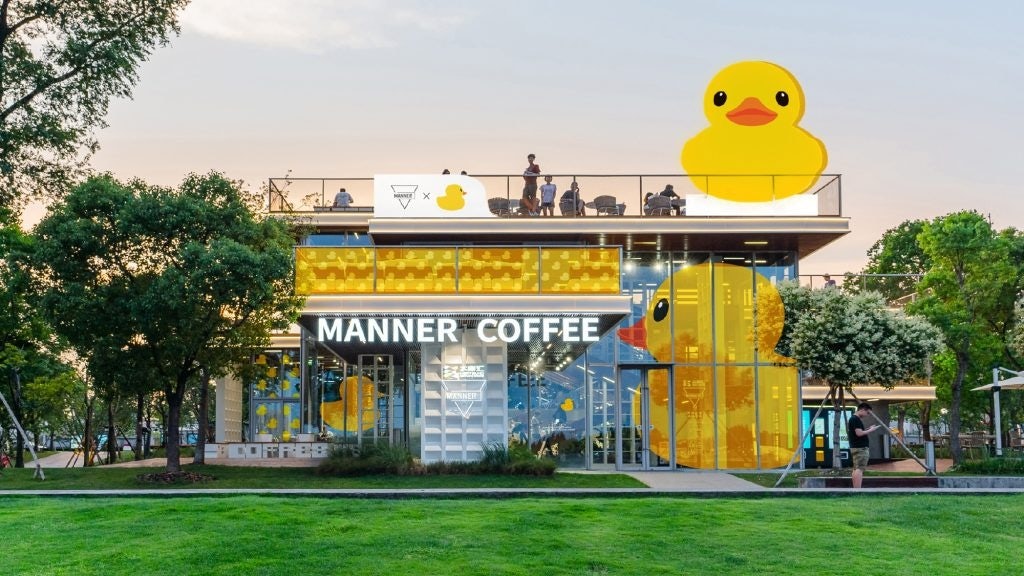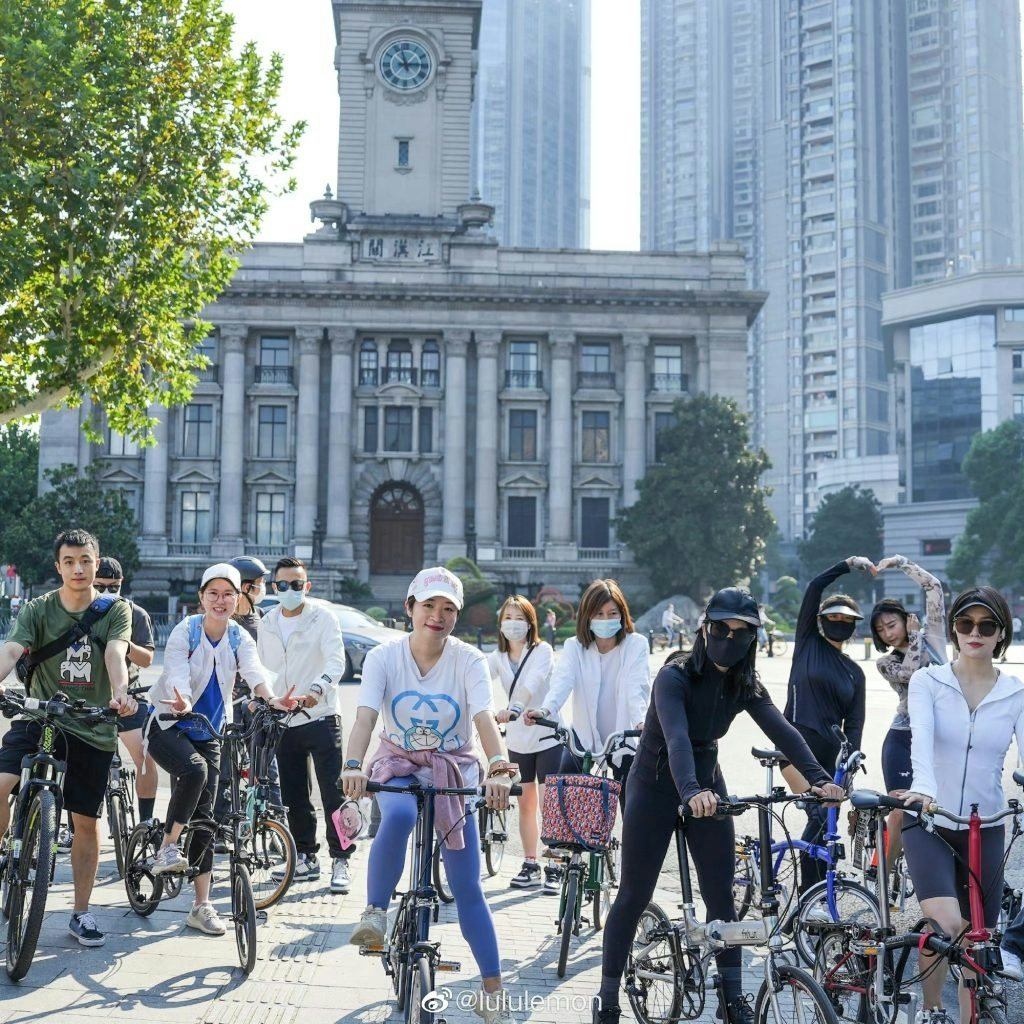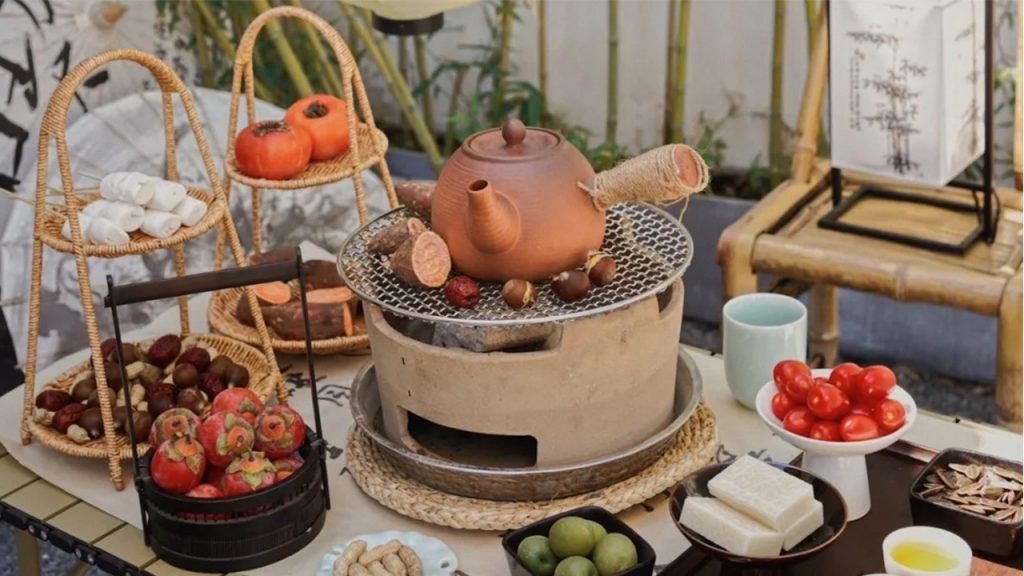A report by Xiaohongshu and Chinese Academy of Social Sciences’ Institute of Sociology reveals popular and rapidly growing trends in China based on diverse user data gathered from the platform in 2022. Based on its 158 million monthly active users, mostly younger and female, the report forecasts consumer sentiment for the coming year.
With a desire for a simpler life with more practical consumption, consumers will focus on local communities, self care, de-stressing in nature and a desire to explore in 2023. What can luxury brands do to appeal to this changed market? Jing Daily gives you the low down:
Refocusing on community and “neighborhood warmth”#
A renewed appreciation for all things local means that Chinese consumers are more invested in their direct communities and neighborhoods. Posts on the lifestyle app related to “community” and “neighborhood warmth” increased by 213 percent year-on-year in 2022 — a year marked by multiple difficult lockdowns across China where populations were restricted to staying indoors or within close neighborhoods.
“I think brands need to be more mindful in their storytelling so as to create the emotional bonding with their target customers more than ever before,” says Vanessa Wu, Europe Director of branding and communications agency Gusto Luxe. “The market, especially younger consumers on social channels like Xiaohongshu, do care more about the community, a sense of the local, as well as self care, and mental wellbeing, as concluded by Xiaohongshu.”
It's no surprise that community eateries and coffee shops boomed last year, as they became “miniature third spaces” for daily interactions between residents, the report points out. For 2023, this reengagement with what’s going on close to one’s doorstep is sure to set the market on a hyper-localization drive.

Brands should bear this in mind when seeking to engage clientele and fans from different provinces, cities and neighborhoods. The Xuhui area in Shanghai is distinctly different from Beijing’s student-heavy Wudaokou district and Chengdu’s Yulin. Experts like Wu agree that local communities are now a true emotional locus for many, so brands should bear this in mind for activations, campaigns and launches.
The appeal of a ‘simplified life’#
With most finding that “it’s a case of unlimited products but limited incomes,” people's consumption habits have become more rational according to Xiaohongshu. Many Chinese citizens are now pursuing “a simplified life” that is practical and clearly goal orientated,” with the number of related posts in 2022 increasing by 242 percent from 2021. This trend is likely to lead 2023 as consumer sentiment calms and becomes more thoughtful and less influenced by conspicuousness, impulse buying and hype.
Before this sends the luxury industry into a panic, it “doesn’t mean that the Chinese are moving away from luxury brands,” argues Wu, “as luxury brands do still have ‘dream value’ for the general public which is beyond the daily necessities on an emotional level.” There are various ways that this shift is seen, fashion has seen a movement towards more relaxed styles and fits signaling a desire for more effortless chic.
Additionally, “People still have disposable income, and still care about hypes, trends, limited edition drops — only if they are interesting,” says Elisa Harca, Asia CEO and Asia co-founder of Gen Z focused marketing agency Red Ant. "There is just more to choose from.” It becomes ever critical for launches to stand out against the competition this year. “Look at To Summer — the Chinese lifestyle/fragrance brand,” Harca adds. “They are based on weekly drops which always sell out. They are just interesting, good quality and relevant.”
Self care, healthy routines and outdoorsy trips to cure stress and cabin fever#
After being effectively locked-in for three years, no doubt cabin fever has plagued many and the huge uptick in travel interest is evident in lifestyle app’s data and broader figures from travel agencies.
Posts about “going long distances” increased by 193 percent and “nature at your doorstep” increased by 287 percent in 2022, making for some of Xiaohongshu’s most popular trending topics. The Chinese consumer is itching to explore further afield.
The report predicts that 2023 will be marked by a great desire for the spontaneity of “just do it” travel as restrictions are lifted — this may be tempered by overseas requirements though. For the majority of populations trapped in cities over the last year, nature and outdoorsy pursuits will be another major lifestyle driver in 2023 — think hiking, camping, cycling, surfing, snowboarding, at home and abroad.
“Mountaincore” has been a major aligning fashion trend, as sports and outerwear brands were the first to capitalize on this lifestyle evolution. It’s not just the occasional trip, however, as the data shows, there’s a real desire to make the outdoors a convenient, routine part of people’s daily lives — whether it’s cycling around the city, a night stroll or visiting parks near home. The wellness factor was already tapped by some in 2022: for example, Lululemon hosted wellness and yoga activations, and neighborhood cycling tours; and IWC and Moncler jumped in with the winter sports hype.

The pursuit of newness, nature and adventure also comes hand in hand with wellness, self care and stress relief. As Harca observes, “We have seen Chinese consumers flip the dialogue around consumption to be more intentional, focused on their own well being. And of course in 2022, it went even further — focused on survival.”
“Little stress relief”-related posts on Xiaohongshu jumped threefold in 2022, indicating that this continues to be a major concern and consumption motivator. “Sources of stress for the young have become more fragmented... and they are beginning to seek light, effortless ways of relaxing such as watching videos, buying toys and taking part in easy activities,” notes the report.
To this sentiment, Harca says that “push marketing needs to be more case and time sensitive. People are fatigued: they don’t want to be bombarded with consistent messaging, they want more pertinent messages that are necessary. Less noise, more substance.”
Local fervor: Authentic flavors and local customs#
During 2022’s major lockdowns, comfort food and nourishment preoccupied millions. Trends around indoor planting and upgraded “light cooking” spread on social media, explains Harca, and metaphors like “spinach is Hermès” and “cabbage is LV” were trending online. “We saw 12 million views around the topic 'hydroponic vegetables are happy.'”
Xiaohongshu’s findings show consumer appreciation for authentic local flavors and customs also soared with posts related to “eating authentic flavors” increasing 227 percent year-on-year. With trends like Yunnan’s traditional stove-boiled tea (围炉煮茶) gaining viral acclaim across China, authentically localized cultural practices like this are finding broader appeal as part of consumers’ new love for slow living.

What kind of opportunities will this pose for luxury brands and hospitality? Perhaps instead of the luxury English-style high tea collaborations we’ve been seeing from fashion/beauty and luxury hotels, a pivot towards regional Chinese cultural practices and food rituals could bring brands closer to their customers. Branded mooncakes and creative gifting during Mid-Autumn Festival will likely continue to be popular, perhaps with unique localized flavors and cultural references as shown by Louis Vuitton, Marni and Fendi last year.
This is the third consecutive year that Xiaohongshu has released its annual lifestyle trend report, giving insight to a spectrum of China from its huge consumer base. However, the platform’s user demographic is skewed more towards women, millennials and younger, so this should inform market interpretations and brand strategies.
“For luxury brands to ride these 2023 trends, it's important to highlight or include a few elements in their offerings, like an embodiment of the local culture or products,” says Gusto Luxe’s Wu. “This not only applies to style but values like sustainability and giving back to the community, and advocating various lifestyles (such as getting active) especially as travel restrictions are being eased.”


